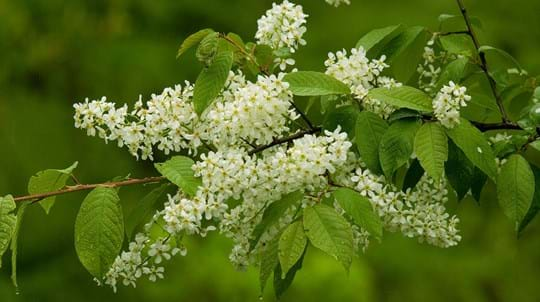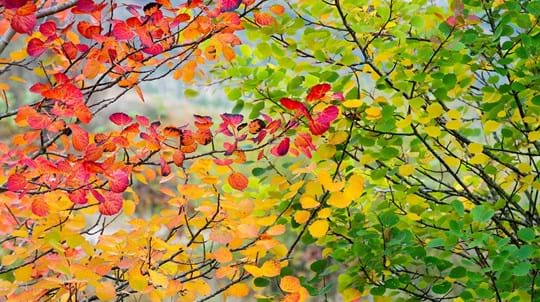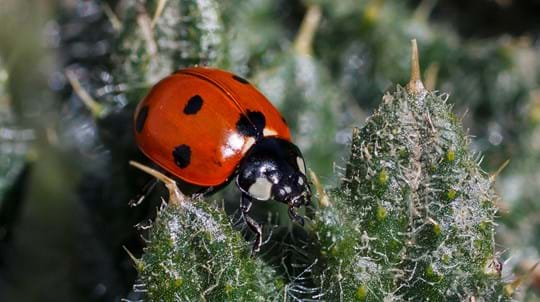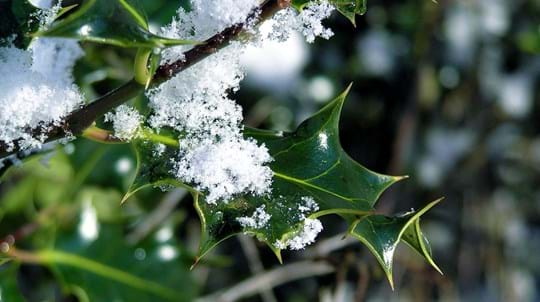Buy British trees from our shop
We have single trees and tree packs to meet your needs, from wildlife to woodfuel. Delivery is free.
Shop now
Content manager, botanist and tree lover
When it comes to choosing a fruit tree for your garden, there's a lot to consider. They come in different shapes and sizes, with different types of fruits from apples and pears to plums and cherries. How do you choose what's best for you and your garden? Here are our tips.
When choosing your fruit tree, you may want to consider:
Apple trees are a popular choice and there's a range of both desert and cooking varieties to choose from. Some will require you to plant more than one tree so that they can cross-pollinate and set fruits. But if you're short on space, there are plenty of self-fertile varieties that don't need another tree, such as Red Falstaff.
Growing conditions: well-drained, fertile soil in sun or partial shade.
Uses: apples are one of the nation's best-loved fruits for crumbles, pies, tarts and cakes.
The native crab apple produces a good crop and will attract wildlife to your garden. The leaves provide a source of food for caterpillars and the flowers attract insects. Birds and mammals eat the fruit, including blackbirds, thrushes, voles, foxes and badgers.
Growing conditions: Prefers sun or semi-shade, will tolerate most soil types and dryness.
Uses: use your harvest of crab apples to make delicious, jewel-colour crab apple jelly.
Another native fruit tree is the blackthorn, which produces sloes. These bluish-black berries will attract birds to your garden looking for a tasty snack. Blackthorn is a hardy plant which copes well in exposed sites making it a good windbreak.
Growing conditions: moist, well-drained soil and prefers full sunlight.
Uses: make seasonal sloe gin from your crop of blackthorn fruits.
One of the UK's most beautiful native trees, bird cherry will produce reddish-black bitter cherries as well as giving you show-stopping clusters of white blossom in spring. It's fantastic for wildlife, providing an early source of nectar and pollen for bees. Its cherries are eaten by birds, including the blackbird and song thrush.
Growing conditions: well-drained soil, full sun.
Uses: the black fruits of bird cherry have traditionally been used for making liqueur or for dyeing wool.
Another very pretty native tree, wild cherry will give you a bounty of bright red fruits. There are many cultivars of this popular ornamental tree.
Growing conditions: grows best in full sunlight and fertile soil. It won’t tolerate waterlogged soil. Strong winds can quickly destroy showy spring blossom, so consider planting in a sheltered location.
Uses: the cherries can be eaten, but are loved by birds so this tree is a favourite if you want to encourage wildlife.
It's best to plant after leaf fall for deciduous trees.
Once you have chosen a fruit tree, it is important to consider the best time of year to plant.
The right moment to plant in this time period will depend on the weather and soil conditions. Generally, this is between December and March.
When choosing a location it's important to think about:
Crab apple trees are adaptable but do best in full sun and well-draining soil. Blackthorn can be grown as a bush or a hedge and copes well in exposed areas.
Water well, but make sure the soil doesn't become waterlogged.
Newly planted trees should have a guard to protect the trunk from rabbits, cats and dogs. It's also important to water the tree during dry spells throughout the growing season (April to mid-September).
During the growing season note the colour of the leaves on the tree. If they are a dark green colour then the tree is doing well.
We have single trees and tree packs to meet your needs, from wildlife to woodfuel. Delivery is free.
Shop now
Blog
Helen Keating • 08 Nov 2021

Blog
Helen Keating • 19 Oct 2020

Blog
Charlie Mellor • 26 Jun 2020

Blog
Charlie Mellor • 16 Apr 2024

Blog
Kate Lewthwaite • 04 Nov 2020